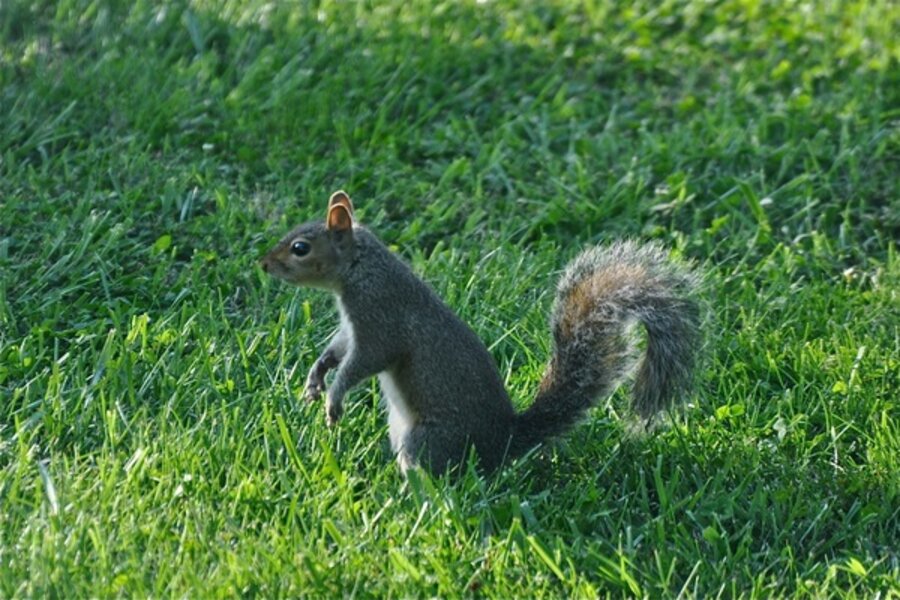How to deter destructive squirrels
When I wrote about garden pests back in 2009, bunnies topped my list of annoying critters. I talked about how those wascally wabbits loved dining on a variety of my plants -- apparently the more expensive the plant, the better it tasted.
After trying just about every deterrent including wood ashes and mothball crystals, we built some wire cages and placed them around my tender young roses. As long as the cages stayed in place, the bunnies were no problem.
Since then, I’ve protected new additions with cages, and the bunnies and I have peacefully coexisted. The squirrels, however, have become an entirely different matter.
Squirrels are members of the rodent family
According to Squirrel Place, squirrels belong to the order Rodentia with 1,650 species, making it the largest group of living mammals. (This doesn’t surprise me since it seems as though I’ve had 1,650 of the pests in my yard at one time.)
Apparently, squirrels are most active in the late winter when mating season begins. Again, this doesn’t surprise me. One of our heat pumps suddenly stopped working during a recent snowstorm, and the repairman discovered a squirrel had eaten all the wires attached to the defrosting mechanism.
For those who might be concerned about the animal, rest assured he was not injured. But my repair bill will likely be painful.
Prevention is key
I wondered why in the world a squirrel would find heat-pump wires attractive. Evidently they like to gnaw on plastic-coated wire, rubber hoses, and wood to clean and sharpen their teeth.
They also like unattended pet dishes, open garbage cans, and the drippings from your barbecue grill, so be diligent about eliminating potential food sources. Squirrel Place also suggests placing bird feeders at least 20 feet from your house.
After watching squirrels completely destroy the last bird feeder my dad made, I decided to try some of the new “squirrel-proof” feeders. The one that closes feedholes when a squirrel jumps on top has been a big success. I’ve also bought a squirrel-proof suet feeder, but the birds are a bit skittish about using it.
Fortunately, we’ve had no other major squirrel issues. A one-inch hole may be all the animal needs to gain access to an attic or crawl space, so I’ve made sure we don’t have entry areas for squirrels shopping for cushy digs.
We’ve also put pieces of wire caging over any openings to the heat pumps. Another squirrel invasion on a frigid day would really make me hot.
PSSST: One squirrel species I have no quarrel with is the Delmarva fox squirrel found here on the Eastern Shore of Maryland. This splendid animal is larger, heavier, and fluffier than typical gray squirrels. Sadly, it is also endangered.
-----
Lynn Hunt, the Rose Whisperer, blogs regularly at Diggin' It. She's an accredited horticultural judge and a Consulting Rosarian Emeritus for the American Rose Society. She has won dozens of awards for her writing in newspapers, magazines, and television. She grows roses and other plants in her garden on the Eastern Shore of Maryland. To read more by Lynn, click here.You can also follow her on Twitter.





